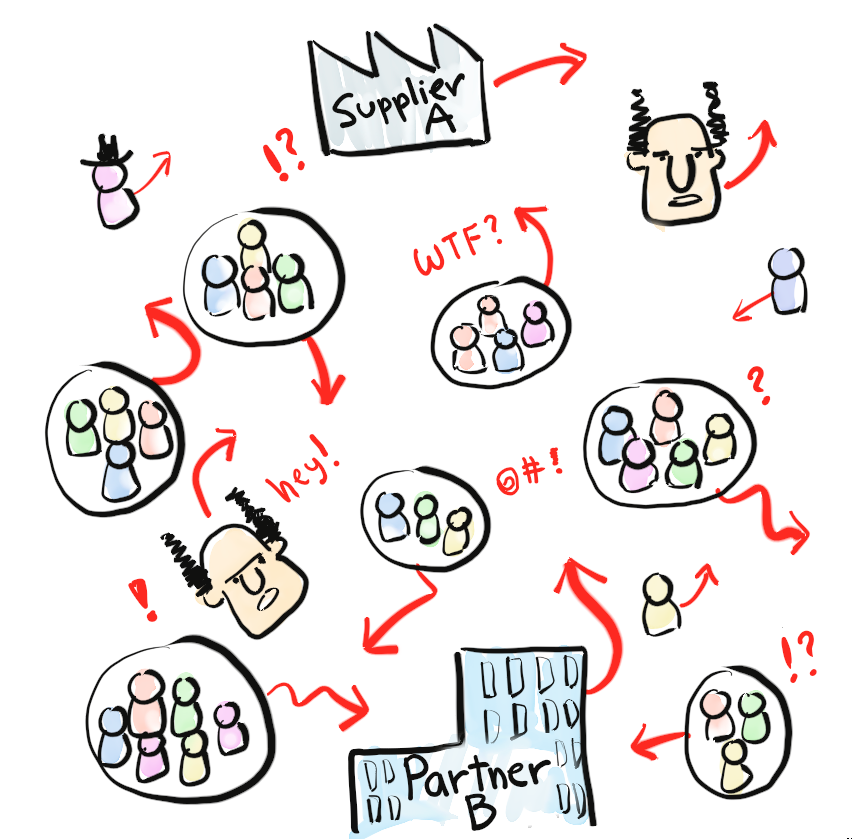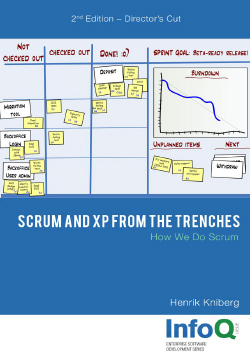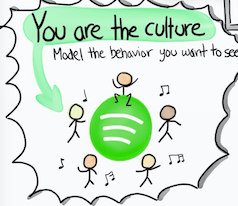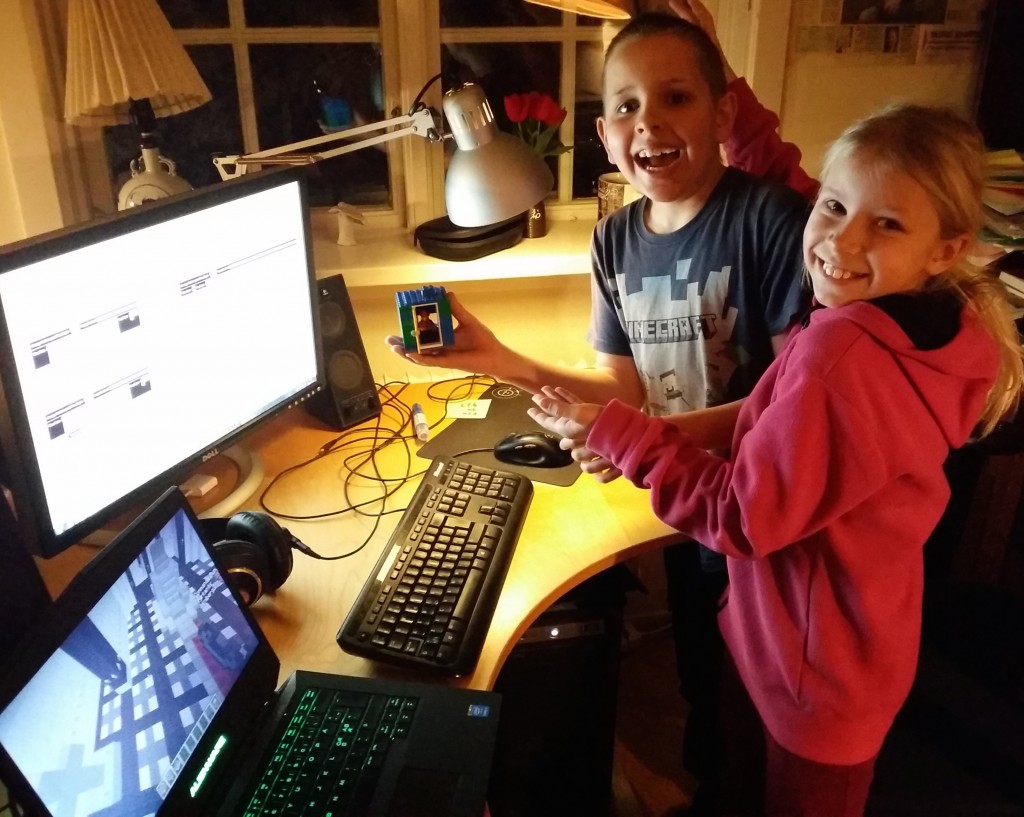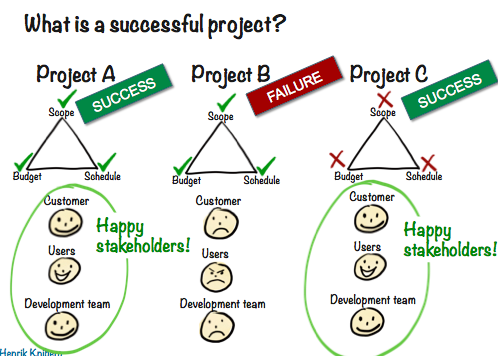UPDATE Dec 2016: Wrote an article about LEGO’s agile journey, see here. Includes all of the material below, plus explanations and updates.
Here are the slides for our talk Agile @ Lego at Passion for Projects in Uppsala. Enjoyed discussing this stuff with project managers and the like from all sorts of industries. A common theme from the conference was the power of self-organization, and the role of leadership in creating the right context for self-organization to happen. Our talk provided a real-life large scale example of this.



